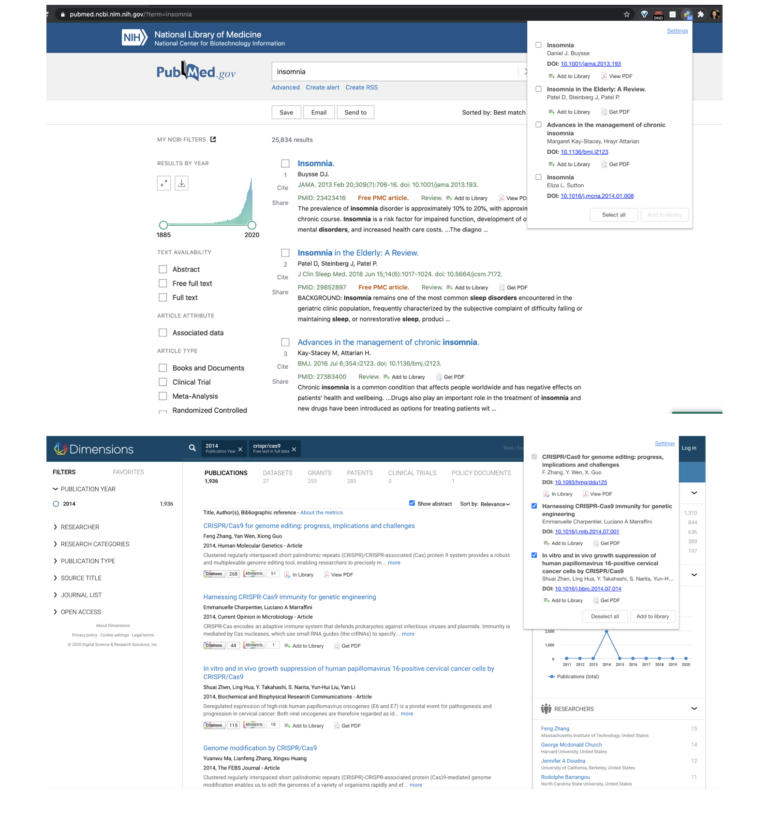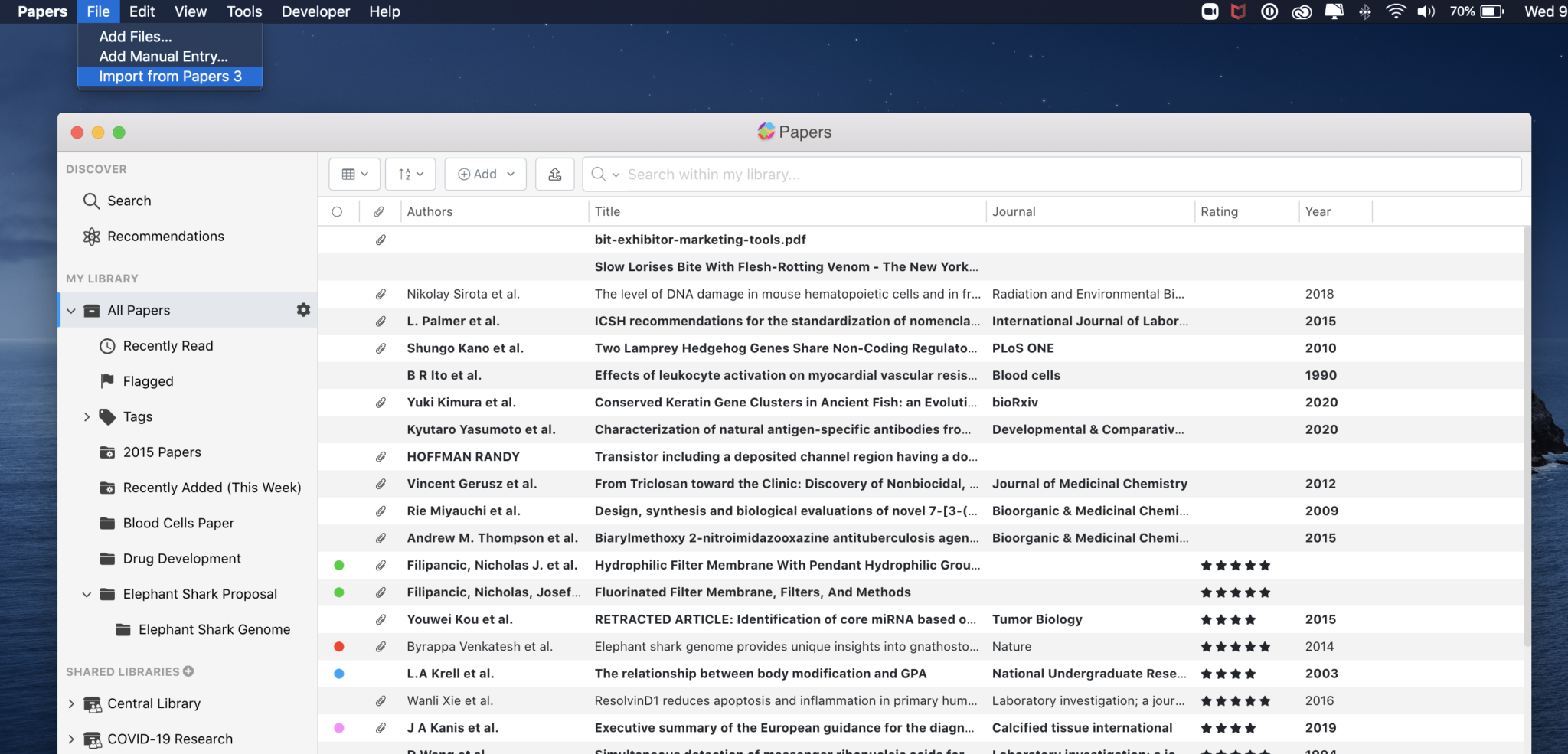

Tpj1586-Dataset.xls圎xcel 2007 spreadsheet Tpj1586-Supinfo.xls圎xcel 2007 spreadsheet Supplemental Figure 12: Light quality spectrum. Supplemental Figure 10: Vessel size does not affect growth or trace element quota. Supplemental Figure 9: Subtle reduction of S, trace metal, Ca and P at elevated temperatures. Supplemental Figure 8: NanoSIMS indicates Fe accumulate with Ca and P in alkaline conditions. Supplemental Figure 7: XFM shows Fe accumulate with Ca and P in alkaline conditions. Supplemental Figure 6: LysoSensor identifies acidic compartments in alkaline cells. Supplemental Figure 5: Fe in alkaline conditions accumulates within cells in foci. Supplemental Figure 4: Fe precipitates in cell-free TAP medium at pH 9.5 and higher. Supplemental Figure 3: Transient S accumulation in alkaline conditions correlates with biomass.

Supplemental Figure 2: Transcript changes in stationary cells do not show increased import capacities for trace metals. Supplemental Figure 1: S-content is not affected during growth. Tpj1586-FigureS1-S12.pdfPDF document, 3.9 MB Accordingly, we recommend that these variables be recorded and reported as associated metadata. All together, we identified a set of specific changes to growth rate, elemental composition, and the capacity to store Fe in response to subtle differences in culturing conditions of Chlamydomonas, affecting experimental reproducibility. Individual laboratory strains accumulate Ca, P and Cu to different levels. Cu accumulation here depends inversely on the Fe concentration of the medium. Trace element quotas were also affected in stationary phase, where specifically Fe, Cu and Zn accumulate. The impact of aeration was probed by reducing shaking speeds and changing vessel fill-levels the former increased the Cu quota of cultures, the latter resulted in a reduction in P, Ca, and Mn at low fill-levels. At high photon flux densities, Zn and Ca specifically over-accumulate, while Zn alone accumulates at low temperatures. Using a combination of Fe-specific dyes, X-ray fluorescence microscopy and NanoSIMS, we show that the alkaline-accumulated Fe was intracellularly sequestered into acidocalcisomes, which are localized towards the periphery of the cells. We found algal cells accumulate Fe in alkaline conditions, even more so when excess Fe is present, coinciding with a reduced growth rate. We systematically explored the effect of temperature, pH, nutrient availability, culture density and access to CO 2 and O 2 in laboratory-grown algal cultures on growth rate, the ionome, and the ability to accumulate Fe. Even subtle modifications in growth conditions elicit acclimation responses affecting the molecular and elemental makeup of organisms, both in the laboratory and in natural habitats.


 0 kommentar(er)
0 kommentar(er)
